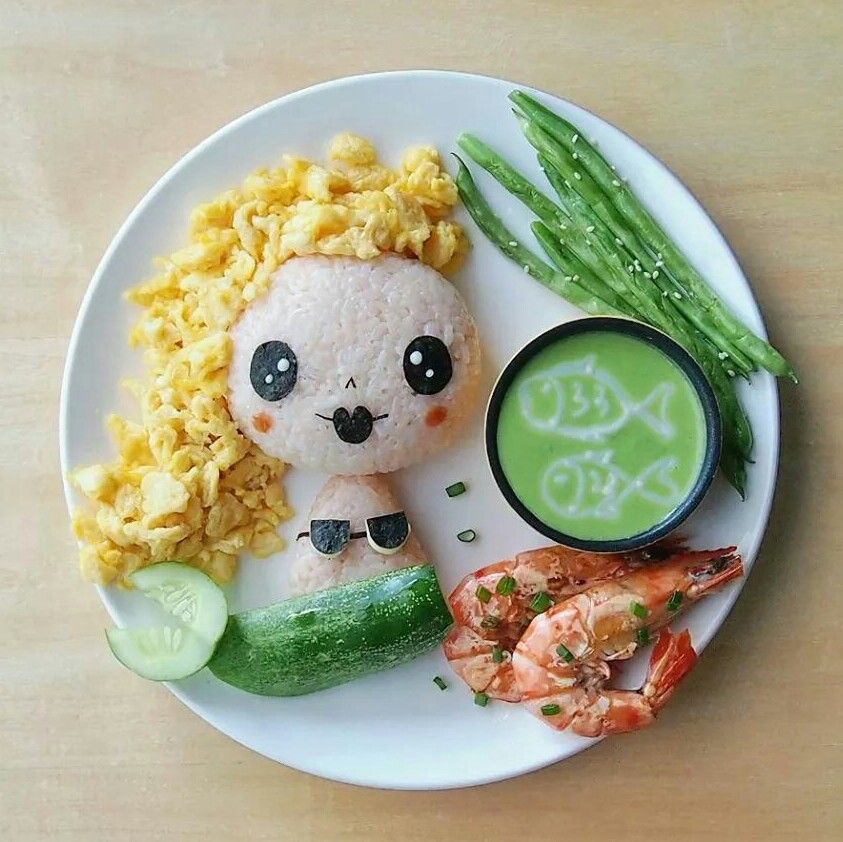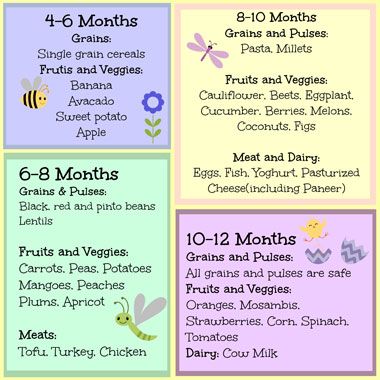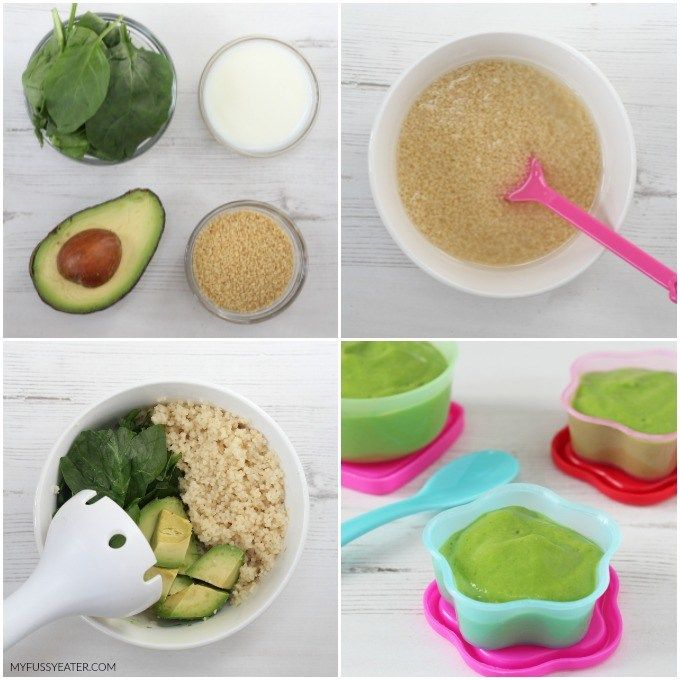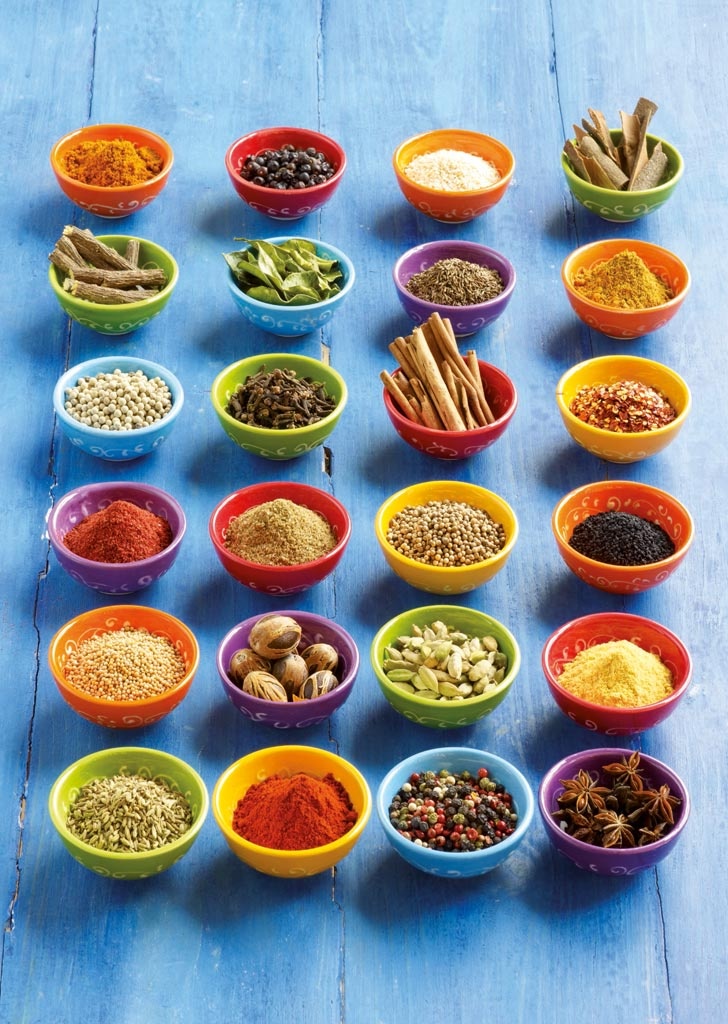Baby food zucchini combination
Favorite Zucchini Baby Food
Learn the easiest way to make flavorful Zucchini Baby Food—with options for baby-led weaning zucchini and also zucchini puree—with one simple method. Plus: Find storage tips and serving tips.
Zucchini Baby Food
All year round, though for sure more in the warmer weather, zucchini is always available as an easy veggie option. And it’s such a great baby food since it’s quick to cook, endlessly versatile, and can be prepared one way to serve baby-led weaning style or as a puree.
This easy method takes about 15 minutes start to finish, freezes well, and can be combined with other baby foods if you want to add other nutrients and flavors.
It’s a great Stage 1 baby food, Stage 2 baby food, baby led weaning food, or even a simple sauce for pasta for older babies (and even parents!).
Ingredients You Need
To make zucchini baby food, either for blw or as a puree, here’s what you’ll need:
- Zucchini: I prefer to start with fresh zucchini since you have more ability to change the shape to suit baby-led weaning.
- Olive oil: Or another cooking oil you like, or even unsalted butter.
- Optional for the puree: Basil, parsley, or spinach leaves to add a little extra flavor and keep the puree green.
Step-by-Step Instructions
Here’s a look at how to make this baby food recipe so you know what to expect. Scroll down to the bottom of the post for the full information.
- Cut the zucchini into sticks about the size of your finger. (Cut the zucchini in half lengthwise, then in half again, then in half as many times as is needed to get pieces about the width of your finger.)
- Add the olive oil to a pan and warm. Add the zucchini.
- Cover and cook, flipping once halfway through, until very soft.
- Serve to a baby-led weaning fed child.
- To make puree: Add to a blender. Add the optional ingredients if using.
- Blend very smooth.
TIP: If your puree is very thick, you can add a few drops of water or no-salt-added broth to help thin it out as it blends together.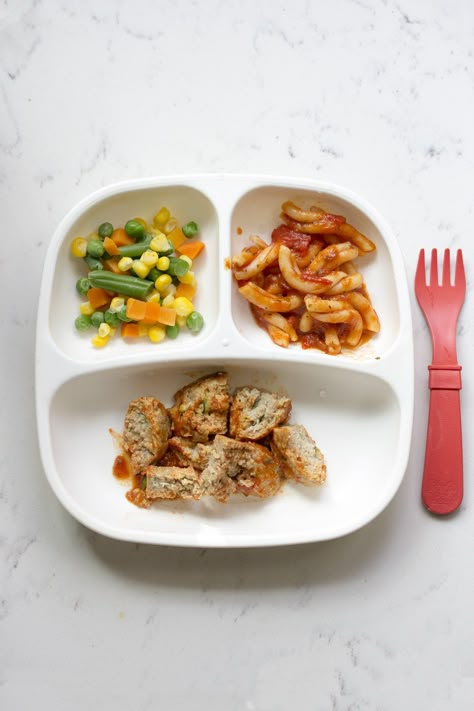
Frequently Asked Questions
Can babies eat zucchini?
Yes, if cooked until soft or pureed, zucchini is a great baby food.
Is zucchini puree good for babies?
Zucchini puree is an easy baby food that has nutrients including fiber, hydration, potassium, and a little protein.
Is zucchini hard to digest for babies?
If the zucchini is cooked as directed, it is easy for babies to digest—generally speaking.
Do I need to peel zucchini for baby puree?
No, you don’t need to peel zucchini for baby puree or any zucchini baby food. Plus, the peel adds nutrients like fiber and helps the color of the puree stay nice and bright.
Roasted Zucchini Baby Food
If you’d prefer to roast the zucchini for baby food, simply follow these directions for Roasted Zucchini, then puree.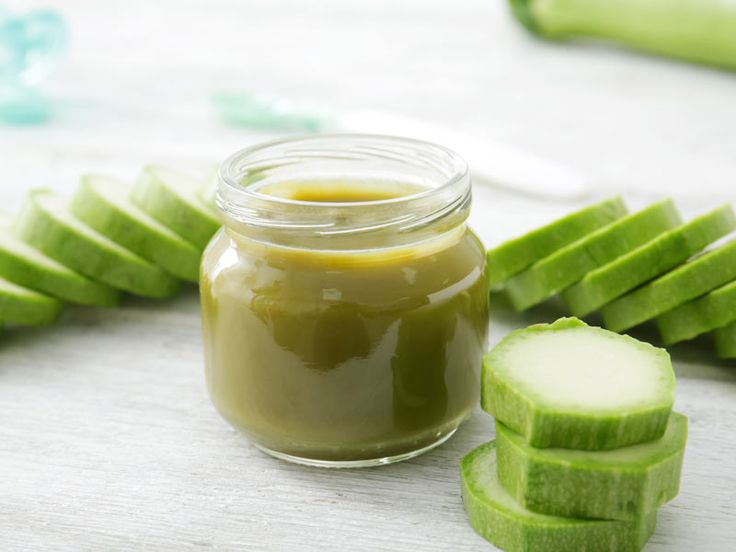 Easy!
Easy!
Baby-Led Weaning Zucchini
Cutting zucchini into sticks is an easy shape for baby-led weaning babies to self feed and they cook quickly. Let the zucchini cool a little, then hand one stick at a time to baby and allow them to suck, gnaw, and munch on the zucchini. They may spit some of the peel out, but that’s totally fine.
Zucchini Puree
I love the ease of this recipe since you can quickly blend the cooked zucchini into a puree. I like to make this with a few added spinach leaves to add a bit of extra oomph when it comes to the green color.
TIP: My favorite store-bought baby food options are a great backup, too.
Zucchini Puree Combinations
Mix with Bean Puree, Avocado Puree, Pea Puree, or Spinach Puree as desired to make an easy baby food combinations with additional flavor and nutrients.
How to Store
Store the puree in airtight containers in the fridge for up to 5 days. Or freeze in an ice cube tray overnight, transfer to a freezer bag, remove as much air as you can and freeze for up to 6 months. Thaw 1-2 cubes overnight in the fridge in a container or at room temperature for about an hour.
Thaw 1-2 cubes overnight in the fridge in a container or at room temperature for about an hour.
Best Tips for Success
- If making a puree, you can slice the zucchini into rounds if that’s easier.
- Add a few basil, spinach, or parsley leaves to enhance the green color.
- Try this with yellow summer squash, with the same method, to vary this slightly.
- Use as a sauce for pasta with a sprinkle of Parmesan cheese on top.
Related Recipes
I’d love to hear your feedback on this post, so please comment below to rate and share!
Prep Time 5 minutes
Cook Time 10 minutes
Total Time 15 minutes
Cuisine American
Course Baby Food
Calories 158kcal
Servings 4
- ▢ 1 medium zucchini
- ▢ 1 tablespoon olive oil
- ▢ 2 tablespoons basil leaves (or parsley or spinach, optional)
Cut the ends off of the zucchini and discard. Slice the zucchini into sticks about the size of your finger.
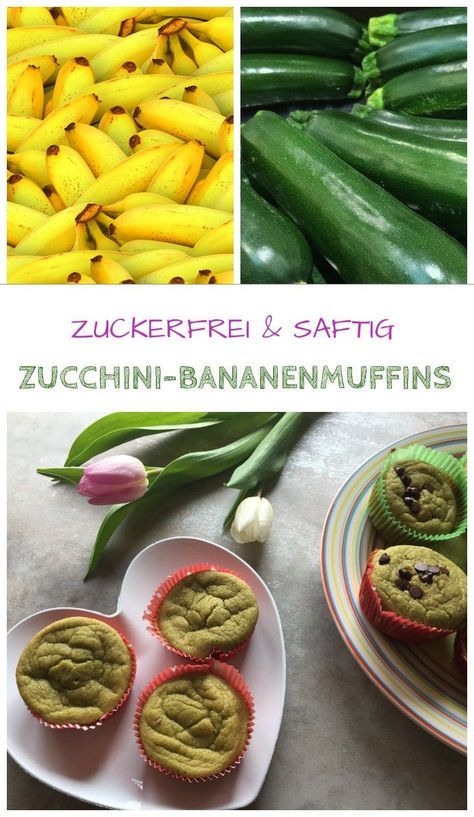
Add the olive oil to a medium skillet over medium heat. When warm, add the zucchini. Toss to coat with the oil. Cover and cook for 10-12 minutes, turning once or twice, or until the zucchini is very soft when poked with a fork,
Let cool slightly. Serve one piece at a time to your child if doing baby-led weaning.
To make a puree, transfer to a blender. Blend smooth, adding the optional herb or spinach. (That additional makes this a brighter green color.)
Vitamix Blender
Storage Containers
Reusable Pouch
- Store the puree in airtight containers in the fridge for up to 5 days. Or freeze in an ice cube tray overnight, transfer to a freezer bag, remove as much air as you can and freeze for up to 6 months. Thaw 1-2 cubes overnight in the fridge in a container or at room temperature for about an hour.
- If making a puree, you can slice the zucchini into rounds if that’s easier.
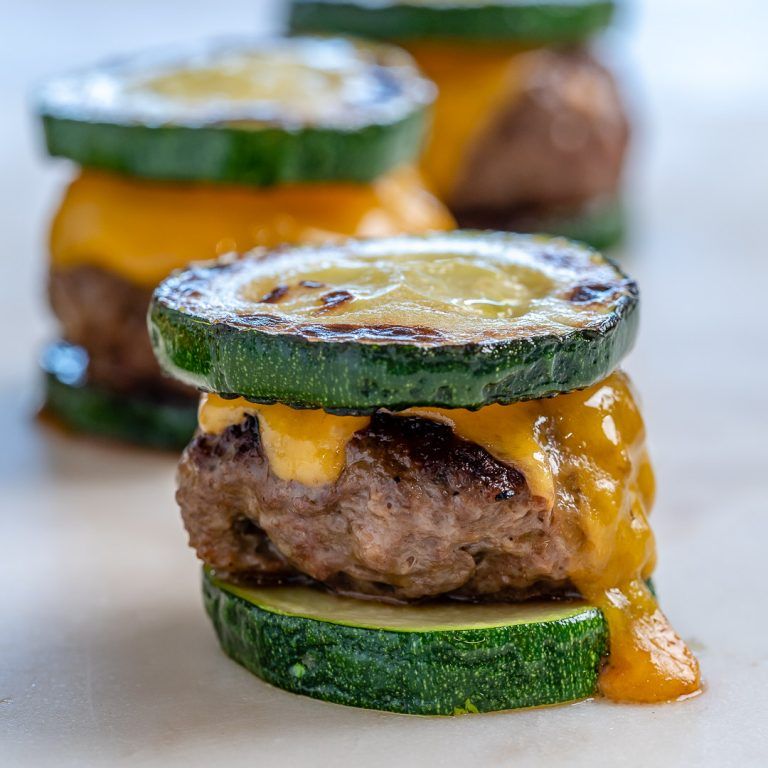
- Add a few basil, spinach, or parsley leaves to enhance the green color.
- Mix with Bean Puree, Avocado Puree, Pea Puree, or Spinach Puree as desired.
- Use as a sauce for pasta with a sprinkle of Parmesan cheese on top. I like 8 ounces cooked pasta, 1/4-⅓ cup of the puree, 1 tablespoon each fresh lemon juice and zest, and about ¼ cup Parmesan cheese.
Serving: 0.25cup, Calories: 158kcal, Carbohydrates: 6g, Protein: 3g, Fat: 15g, Saturated Fat: 2g, Polyunsaturated Fat: 2g, Monounsaturated Fat: 10g, Sodium: 16mg, Potassium: 524mg, Fiber: 2g, Sugar: 5g, Vitamin A: 603IU, Vitamin C: 36mg, Calcium: 39mg, Iron: 1mg
Tried this recipe?Rate in the comments and tag @yummytoddlerfood on IG!
Zucchini Baby Food Puree Recipe with Apples
By Anjali Shah on · Last Updated on
This post may contain affiliate links.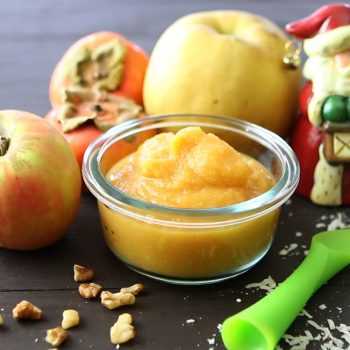 As an Amazon Associate, I earn from qualifying purchases. Please read my disclosure.
As an Amazon Associate, I earn from qualifying purchases. Please read my disclosure.
This zucchini baby food puree with apples and carrots is a delicious combination your baby will enjoy! Zucchini and carrots are on the sweeter side in the vegetable category, and when paired with apples it becomes a healthy sweet treat for your little one!
Veggies mixed with fruit is always bound to be a hit in our household. Zucchini and carrots have a mild flavor and are already on the sweeter side. When paired with apples, it becomes a true sweet treat!
Latest Recipe Video!
I often used to mix this creamy puree with my kids’ oatmeal in the morning and they loved it! This zucchini puree is a simple baby food recipe you can use in a variety of ways — it’s super customizable based on your baby’s needs and preferences (see below for additional recipe variations).
This zucchini baby food recipe is a great first food for your little one. It’s nutritious, delicious, and I guarantee you will have one happy baby after giving them this puree!
Why This Recipe Works
- A naturally sweet vegetable and fruit puree
- Rich in vitamins and minerals for baby’s diet
- Simple and quick to prepare
- No fancy equipment needed
- Easy to store and freeze
- Great for babies 6 months of age and up
- Makes 16 servings!
How to Make Zucchini Baby Food
Ingredients and Notes
Organic Zucchini: When making your own homemade baby food recipes, I highly recommend using organic produce to reduce pesticide exposure for your baby. No matter how much you wash your fruits and vegetables, there will still be a pesticide residue. When choosing your zucchini look for ones that are bright green in color, and have no bruises, or blemishes. I prefer to use the smaller, skinnier zucchini for baby food because they have fewer seeds in the center. You could probably also make this recipe with yellow squash or summer squash if you don’t have zucchini.
No matter how much you wash your fruits and vegetables, there will still be a pesticide residue. When choosing your zucchini look for ones that are bright green in color, and have no bruises, or blemishes. I prefer to use the smaller, skinnier zucchini for baby food because they have fewer seeds in the center. You could probably also make this recipe with yellow squash or summer squash if you don’t have zucchini.
Organic Carrots: You can use either use large carrots or baby carrots for this recipe.
Organic Fuji Apples: With a sweet and crisp flavor, Fuji apples are pink in color, and have a white flesh. They are excellent for baby food recipes as they easily cook down, and add natural sweetness to any baby food puree.
Water: You need 12 ounces of water to help the fruits and vegetables to cook down, so that they can be pureed into a smooth and easy to consume consistency.
Equipment Needed
- A good Cutting Board and Knife
- A quality large pot.
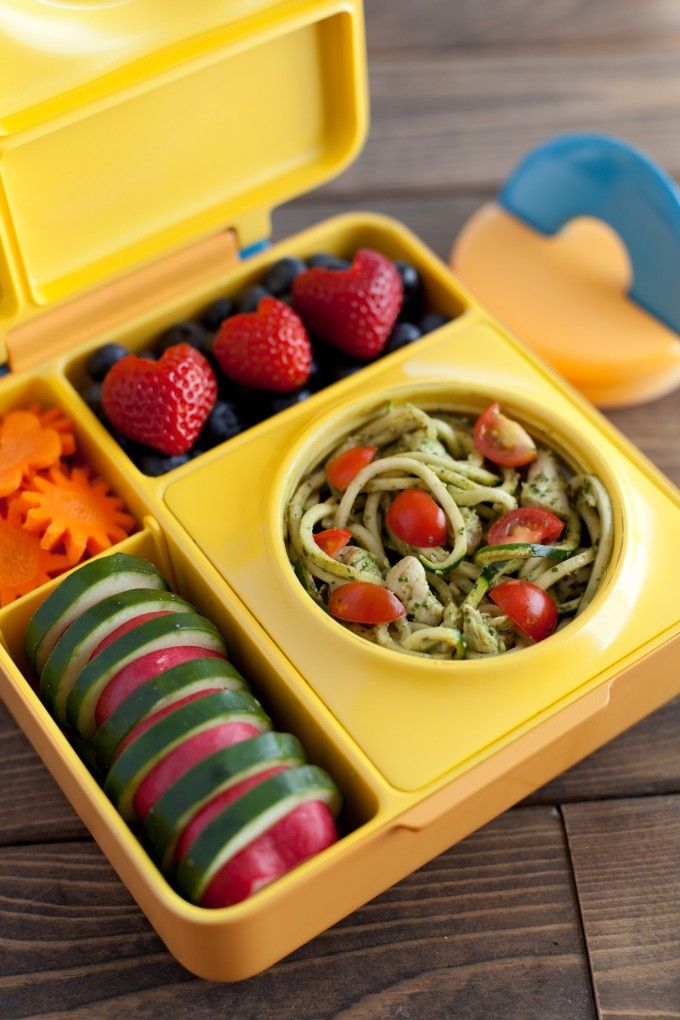
- A high-speed blender or food processor to puree the sweet potato. You don’t need a baby food maker!
- Mumi & Bubi Trays for storing.
Step by Step Instructions
Prep Your Ingredients: Wash all the produce. Cut zucchini in half lengthwise and cut each half into 8 pieces. Peel carrots. Cut in half lengthwise and cut each half into 8 pieces. Cut apples in half, remove seeds and stem. Cut each half into 8 pieces.
Cook All Produce Together: Add carrots and water to a large pot. Turn on high and cook 8 minutes, stirring occasionally. Add zucchini and apples and cook another 3-5 minutes.
Puree Until Smooth: Pour everything into a blender. Blend until smooth / until the pureed zucchini is the desired consistency.
Store, Serve and/or Freeze: Pour into ice cube trays, allow to cool, wrap/cover, and freeze. Serve at room temperature.
Note: Thaw in the fridge the night before use, or thaw by putting the small cubes in a bowl over a bowl of hot water on the counter to defrost.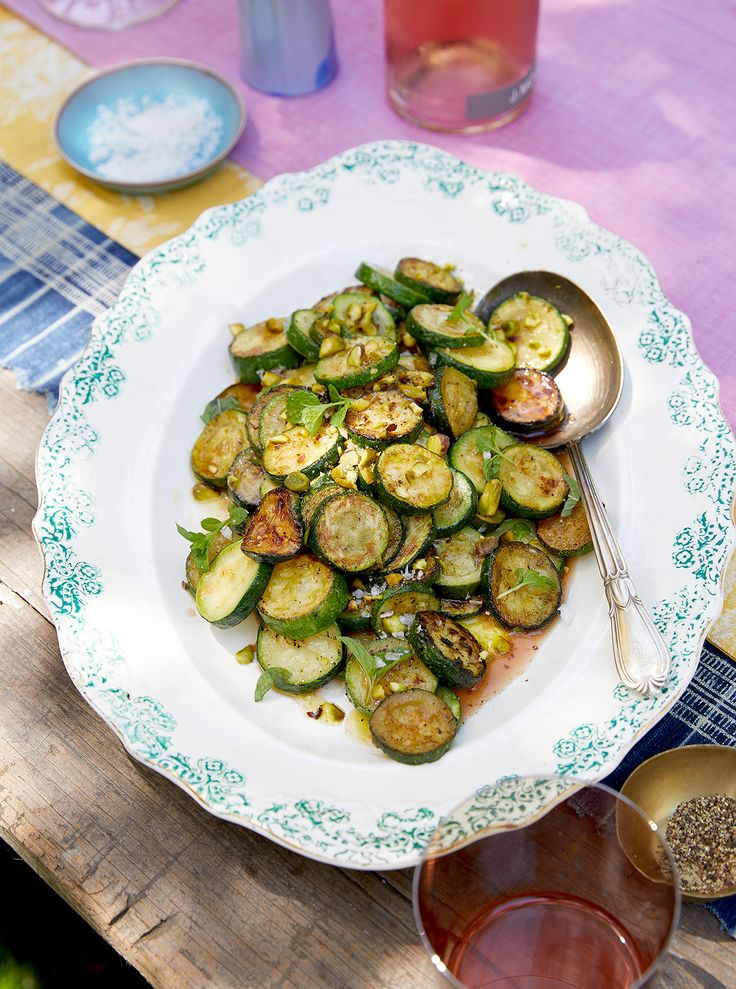
Recipe FAQs
When can babies eat zucchini?
Babies can enjoy zucchini as young as 6 months old when they begin to try other solid foods.
Is zucchini healthy for babies?
Yes! Zucchini packed with health benefits and is has a ton of nutritional value for your baby. It’s an excellent source of beta-carotene which your babies body converts to vitamin A. This helps support their immune system, and improve eyesight. It’s also a great source of vitamin C. Vitamin C is important for baby because it helps your child absorb iron. Babies tend to lose iron at around 5 months old, so consuming foods that are high in iron and vitamin C helps them retain their needed iron intake. It also contains vitamin B6 which is essential for brain development.
How do I steam zucchini for baby?
The best way to steam zucchini is to first dice zucchini into small chunks.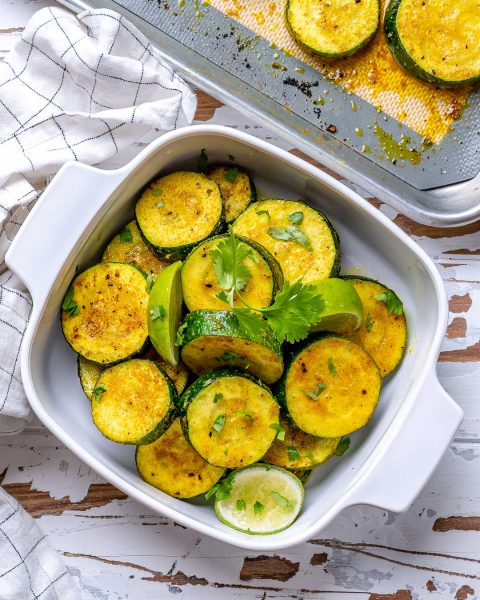 Place in a large pot, and cover with water. Bring to a boil. Allow to simmer for 8-10 minutes or until zucchini is soft. Then transfer to a blender or food process and blend until it forms a smooth puree.
Place in a large pot, and cover with water. Bring to a boil. Allow to simmer for 8-10 minutes or until zucchini is soft. Then transfer to a blender or food process and blend until it forms a smooth puree.
Can babies eat raw zucchini?
No, do not give your baby raw zucchini. They cannot mash it with their gums, and the small pieces can be a choking hazard.
Can babies eat zucchini seeds?
It is fine for baby to eat zucchini seeds when they are pureed with the rest of the zucchini.
Variations and Substitutions
- Add More Vegetables: Amp up the nutritional content by adding more vegetables like spinach. Or mix it with another purée like pea purée.
- Change the Fruit: Use a different type of apple in this delicious puree, or add another fruit such as pear.
- Spice it Up: Add a teaspoon of cinnamon for added flavor.
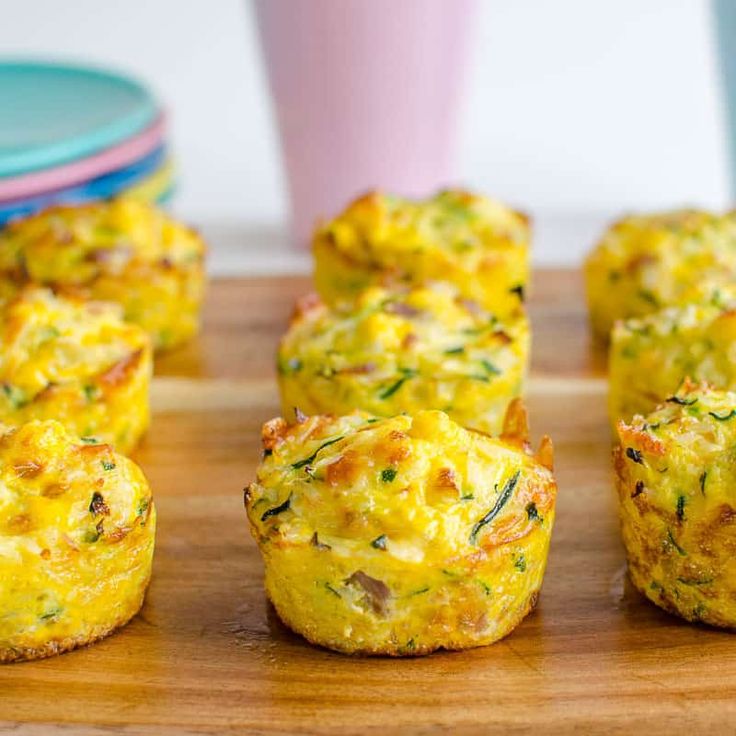
- Add Breast Milk or Formula: Stir in breast milk or organic baby formula to thin out the consistency of the puree right before serving. Do not add breastmilk or formula before freezing the puree as formula is not meant to be frozen, and breastmilk has a different shelf life in the freezer compared to this zucchini baby food.
- Make it a single-ingredient puree: If you don’t have carrots or apples on hand, no problem! You can make this zucchini baby puree all on its own! Just add the zucchini and a few tablespoons of water to a pot, boil and then puree in a blender.
- Make baby finger foods: For older babies, or babies who are following baby led weaning, you can cut the zucchini into match-sized sticks, and roast them in the oven with a little bit of olive oil. They turn into zucchini “fries” and are a great way for your baby to experiment with gumming soft foods when they’re ready for it.
Expert Tips for Making Zucchini Baby Food
- Store zucchini in a paper bag in the fridge to keep fresh.
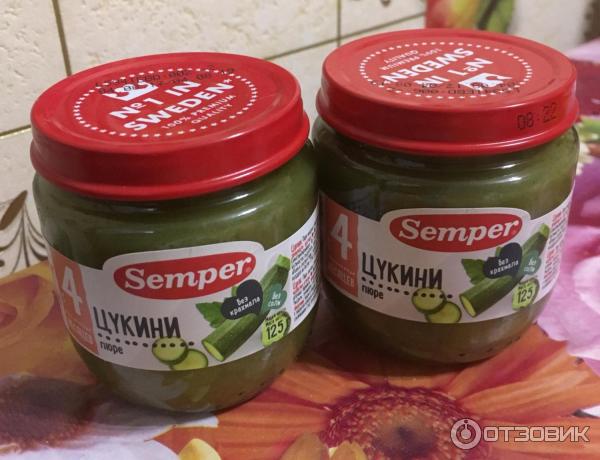
- If you don’t want to boil everything in a pot, you can also use a steamer basket or slow cooker to cook down the vegetables and fruit.
- Cut the vegetables and fruit into small pieces to help them cook down more quickly.
- If you plan to use this entire batch of zucchini baby food within 1 week, you can transfer the entire puree into one airtight container and place it in the fridge. Then, just scoop out individual servings when you’re ready to feed your baby.
More Easy Homemade Baby Food Recipes!
- 10 Easy Baby Food Recipes for Beginners
- Zucchini and Apple Puree
- Butternut Squash Puree
- Pea Puree
- Superfoods for Babies and Recipe Ideas
If you have tried this Zucchini Baby Food Puree, or any other recipe on my blog, then please rate it and let me know how it turned out in the comments below! Then, FOLLOW ME on FACEBOOK, TWITTER, INSTAGRAM, and PINTEREST to see more delicious, healthy, family-friendly food!
Print Recipe5 from 10 votes
Zucchini Baby Food Puree with Carrots and Apples
Veggies mixed with fruit is always bound to be a hit in our household. Zucchini and carrots are already pretty mild / on the sweeter side, so when paired with some apples, it becomes a true sweet treat!
Zucchini and carrots are already pretty mild / on the sweeter side, so when paired with some apples, it becomes a true sweet treat!
Prep Time10 mins
Cook Time20 mins
Total Time30 mins
Course: Baby Food
Cuisine: American
Servings: 16 ounces
Calories: 22kcal
Author: Anjali Shah
- ▢ 1 pound organic zucchini
- ▢ ½ pound organic carrots
- ▢ 2 organic fuji apples 6oz each
- ▢ 12 oz water
- ▢
Wash all the produce. Cut zucchini in half lengthwise and cut each half into 8 pieces.
- ▢
Peel carrots. Cut in half lengthwise and cut each half into 8 pieces.
- ▢
Cut apples in half, remove seeds and stem. Cut each half into 8 pieces.
- ▢
Add carrots and water into a large pot. Turn on high and cook 8 minutes, stirring occasionally.
- ▢
Add zucchini and apples and cook another 3-5 minutes.
- ▢
Pour everything into a blender, puree until smooth.
- ▢
Pour into ice cube trays, allow to cool, wrap/cover, and freeze.

- ▢
Thaw in the fridge the night before use, or thaw by putting the ice cube in a bowl over a bowl of hot water on the counter to defrost.
https://youtu.be/9o6hzUKpZrAVideo can’t be loaded because JavaScript is disabled: Zucchini Baby Food Puree (https://youtu.be/9o6hzUKpZrA)
Expert Tips
- Store zucchini in a paper bag in the fridge to keep fresh.
- If you don’t want to boil everything in a pot, you can also use a steamer basket or slow cooker to cook down the vegetables and fruit.
- Cut the vegetables and fruit into small pieces to help them cook down more quickly.
- If you plan to use this entire batch of zucchini baby food within 1 week, you can transfer the entire puree into one airtight container and place it in the fridge. Then, just scoop out individual servings when you’re ready to feed your baby.
- 1 ice cube = 1 oz of food
Adapted from BabyLove
Calories: 22kcal | Carbohydrates: 5g | Protein: 1g | Fat: 1g | Saturated Fat: 1g | Sodium: 13mg | Potassium: 144mg | Fiber: 1g | Sugar: 4g | Vitamin A: 2437IU | Vitamin C: 7mg | Calcium: 11mg | Iron: 1mg
Posted In…
Baby Food Recipes ·
Your little one will love my DIY healthy baby food purees. For a twist, try making a “smoothie”!
For a twist, try making a “smoothie”!
It’s so easy to make your own nutritious baby food at home. Introduce ingredients at your own pace and create unique flavors for your baby.
Also posted in Healthy Kids · Recipes · Kid-Friendly Recipes
Zucchini puree for the first feeding
The introduction of zucchini in the first feeding is recommended by WHO, and zucchini puree for feeding the baby can be prepared without any problems yourself. There is nothing complicated in growing zucchini and the mature fruits of many varieties can be stored throughout the entire frosty period. The pulp of the fruit with elementary heat treatment retains its beneficial properties and is easily absorbed by the child's body even from an early age.
Contents
- How to cook courgettes for the first feeding
- Courgettes for complementary foods in baby food
- Composition of marrow
- Benefits of zucchini for children and adults
How to prepare zucchini for first feeding
If you decide to start feeding your baby, start with zucchini. It will be the best addition to breast milk or adapted formula. Zucchini is a hypoallergenic product and contains a large amount of nutrients needed by the child.
It will be the best addition to breast milk or adapted formula. Zucchini is a hypoallergenic product and contains a large amount of nutrients needed by the child.
Zucchini puree recipe
Cooking zucchini puree for the first feeding at home. Of the ingredients you need only zucchini and water. Let's start by rinsing the zucchini under cool running water. Peel off the skin and cut into cubes. Next 2 options. Either put it in boiling water, cook the zucchini for 6-10 minutes, while retaining the benefits of vitamin C. Or steam it, which will undoubtedly be tastier and healthier. Then we wipe through a sieve or grind with a blender.
You need to start complementary foods with one teaspoon, gradually day after day, increasing the number of spoons. It is important to introduce your child to this product at a very young age. When the child grows up, he will also need nutrients. And you can spoil him with many different zucchini dishes.
How to cook zucchini correctly and how much
For the first feeding, it is recommended to boil zucchini for up to 10 minutes. Usually this time is enough to soften the cut pieces. Do not forget that the longer the heat treatment of the vegetable takes place, the less vitamins and useful trace elements remain. Then everything is thoroughly crushed into puree and the first complementary foods are ready. Depending on the period of introduction of the puree to the baby, you can add a little vegetable oil to the puree if the mass of the portion of the puree has reached 100 g (usually on the 6th-7th day of feeding).
Usually this time is enough to soften the cut pieces. Do not forget that the longer the heat treatment of the vegetable takes place, the less vitamins and useful trace elements remain. Then everything is thoroughly crushed into puree and the first complementary foods are ready. Depending on the period of introduction of the puree to the baby, you can add a little vegetable oil to the puree if the mass of the portion of the puree has reached 100 g (usually on the 6th-7th day of feeding).
For the preparation of mashed potatoes, babies need to select only young and fresh zucchini fruits: without rot, cracks and dents. The fruit is thoroughly washed under running water. Then its lateral parts are cut off: the tail and the “butt”; peel is removed. The zucchini is cut lengthwise into several parts, from which the central soft part with seeds is removed. The remaining parts are cut into cubes. If the vegetable is bought at the market or in a store, it is recommended to soak the zucchini in clean water for about 2 hours to remove unnatural trace elements from the fruit in the form of fertilizers and pesticides.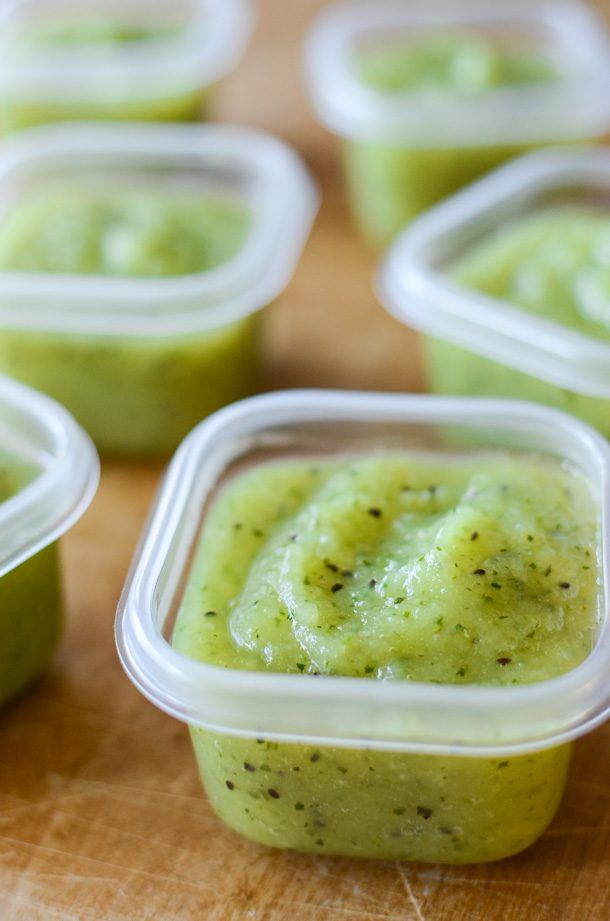
How to freeze and defrost zucchini? Cooked cut fruit cubes in the right amount are placed in plastic bags or containers, and then in the refrigerator. For the preparation of frozen fruit puree, it is recommended to use a defrosted vegetable. To speed up the process, bags or containers with zucchini are placed in water at room temperature or under running tap water. After 1-2 hours, you can start cooking according to a known scheme.
Squash for complementary foods in baby food
Squash is widely used in baby food for its unique properties. In addition, vegetable squash purees are considered the most popular when introducing the first complementary foods to a child. One-component zucchini puree manufacturers recommend using for children from 4 months.
Table of the introduction of the first complementary foods with zucchini according to WHO recommendations
Baby food recommended for the first complementary foods includes Heinz zucchini puree, which additionally includes corn flour and water.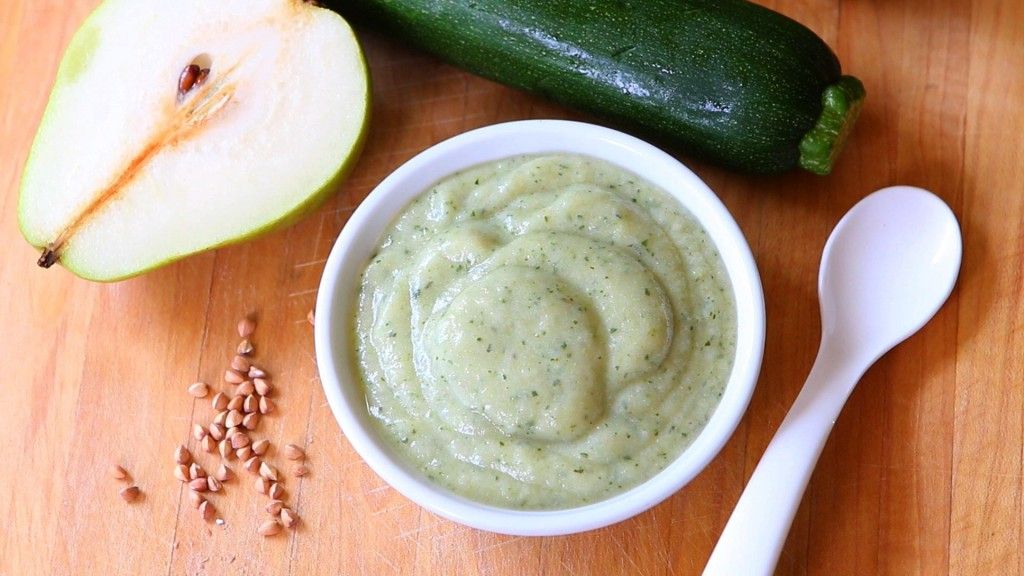 A similar product is Hipp zucchini puree, which contains coarse rice flour. These products are sold in glass jars with a net weight of 80 grams, and the puree contains no salt, sugar, starch, preservatives or dyes.
A similar product is Hipp zucchini puree, which contains coarse rice flour. These products are sold in glass jars with a net weight of 80 grams, and the puree contains no salt, sugar, starch, preservatives or dyes.
At a later age, in baby food, zucchini is used with vegetables, fruits, cereals and meat. For children over 5 months:
- Frutonyanya Broccoli and Zucchini Puree
- Puree Frutonyan zucchini and potatoes
- Frutonyanya puree cauliflower and marrow
- Puree Frutonyanya apples and zucchini
- Frutonyanya zucchini-oatmeal puree
- Gerber potato and courgette puree
- Puree Gerber apples and zucchini
Children's puree Tyoma beef with zucchini is recommended to try not earlier than 6 months from birth.
Ingredients of zucchini
Zucchini is a source of substances that have a beneficial effect on digestion. They contain a small amount of calories when cooked (20 to 25 kcal per 100 grams), so you can use them in food during therapeutic diets.
Fruits contain not only carbohydrates, fats and proteins, but also useful trace elements: sodium, iron, magnesium, zinc, iodine. In addition, the composition contains vitamins of groups B, C, E, H, PP, A.
Benefits of zucchini for children and adults
Zucchini has a very pleasant taste. Doctors advise them to use those who have undergone surgery on the stomach or intestines. I would like to mention that these fruits are very useful for those who suffer from edema.
Zucchini juice for men and women can help with obesity. Helps the body to get rid of toxins and slags, relieves constipation well, strengthens the heart. The glycogen in them has a positive effect on the activity of the liver. Zucchini significantly improves blood formation, helps to restore strength after prolonged exertion. Zucchini seeds will help get rid of worms. With hepatitis, regular consumption of zucchini will lead to a significant improvement in well-being.
Thus, the use of zucchini in the first feeding is the best option for both the child and the parents (of course, excluding the case of his individual intolerance).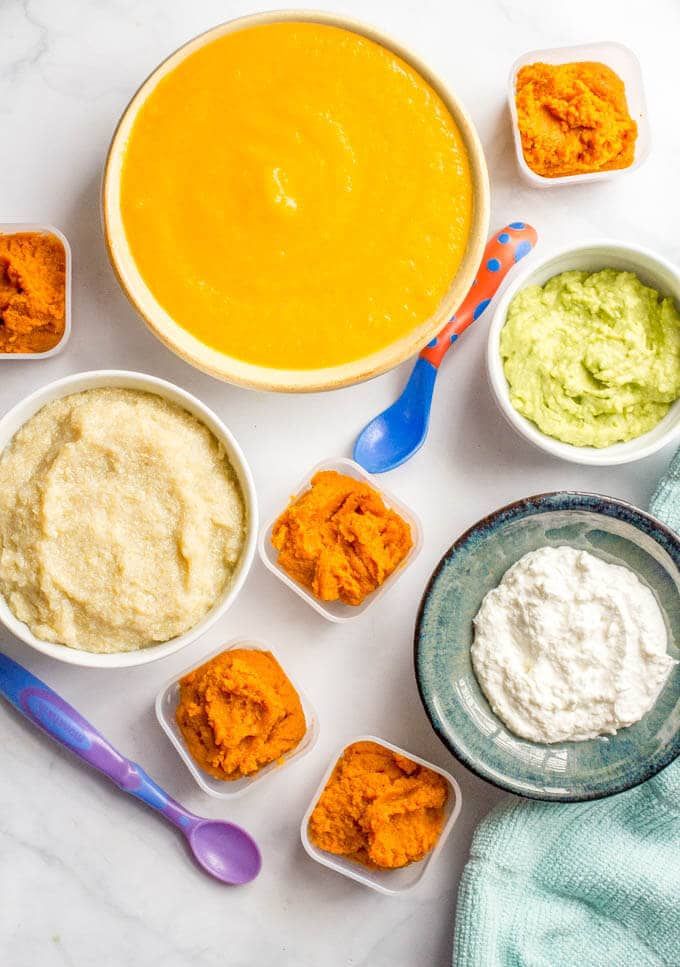
composition, useful properties, preparation of zucchini puree
Zucchini puree is the first product that is introduced as complementary foods to a child. Considered one of the first safest hypoallergenic products.
It is a delicate mixture of crushed marrow pulp. It can be made with the addition of salt, sugar and spices, for baby food it is more often used in its natural form without additives.
Do you know what? Zucchini puree does not irritate the intestines, it is quickly digested, since it does not contain hard fibers, a small amount of fiber.
Pediatricians strongly recommend starting complementary foods with zucchini puree because of the dietary qualities of this vegetable.
Interesting! Zucchini puree takes an honorable first place in the list of the most popular products that young mothers trust.
Ingredients
Normally, homemade squash puree contains only zucchini and water.
The composition of the industrial puree may include ingredients that are not at all related to this product:
- food additives;
- stabilizers;
- thickeners;
- acidity regulators.
Interesting! Zucchini puree contains a large amount of useful substances that are necessary for a small growing organism.
Preparation
Zucchini puree can also be prepared independently, no special skills are required in this matter.
Interesting! Zucchini does not lose its beneficial vitamin properties when steamed or frozen.
How to prepare zucchini puree in water:
- Wash the zucchini.
- Remove skin and seeds.
- Cut into small cubes.
- Soak in cold water for 30 min.
- Cook until completely softened in a small amount of water for 20 minutes.
- Cool, grind with improvised means (sieve, blender, fork).

Before the baby tastes the puree, it must be warmed up to +40°C.
Do you know what? Steaming zucchini instead of water only takes 10 minutes.
Cooking a vegetable in the oven:
- Wash the courgette.
- Remove skin and seeds.
- Cut into small cubes.
- Place on foil and wrap contents.
If the puree is thick, you can dilute it with milk, infant formula or vegetable oil.
Interesting! A child at the beginning of his life does not distinguish taste, so the dish may not be sweet or salty, and he eats it perfectly.
Useful properties
Zucchini puree has a rich vitamin and mineral composition:
- vitamin A;
- choline;
- vitamin PP;
- vitamin B9;
- chlorine;
- vitamin B6;
- potassium;
- phosphorus;
- magnesium;
- vitamin B2;
- vitamin C;
- iron;
- vitamin B1;
- calcium;
- vitamin E;
- sodium.
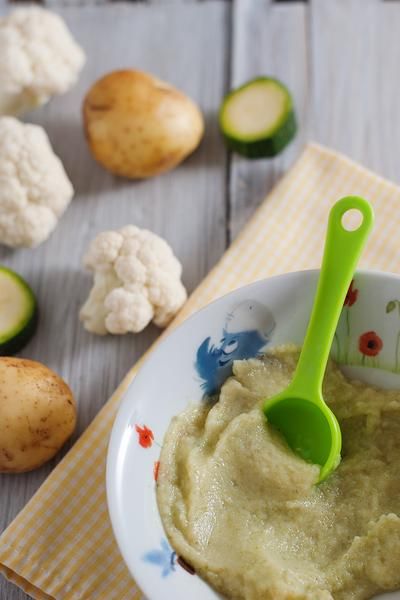
Do you know what? Most of the vegetable is water, it is 93%. Proteins only - 0.5%. Carbohydrates - 5-6%. And fats practically do not reach 0.1%.
Benefits:
- stimulates the secretion of digestive enzymes;
- improves the nervous system;
- develops the processes of hematopoiesis;
- normalizes intestinal motility;
- eliminates predisposition to constipation;
- promotes the growth of beneficial microflora that prevents the development of dysbacteriosis.
How to choose
Interesting! The first complementary foods are introduced to the child depending on what kind of feeding he is on, if breastfeeding, then not earlier than 6 months, if artificial, then you can start giving as early as 4.5 months.
The World Health Organization recommends feeding canned squash puree as manufacturers select organic, growing conditions tested squash that are suitable for children's food.




